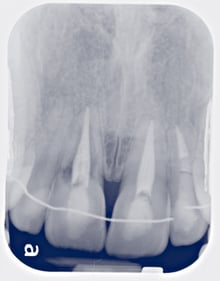 Over the last few decades, dental implants have become the gold standard replacement of missing teeth.
Over the last few decades, dental implants have become the gold standard replacement of missing teeth.
However, preliminary research based on old implant design lead to the assumption that implants should be left to bond to bone for three to six months prior to their loading. This resulted in situations in which patients had to wear removable dentures, or continue with missing teeth for a prolonged period of time, until their implants could be used.
In recent years, an increasing number of peer-reviewed publications, coupled with evidence-based studies, proved the actual predictability and success of a different approach. Known as 'immediate loading', this process allows for the attachment of a temporary crown or bridge on the day of implant placement. In doing so, it provides patients with an immediate aesthetic solution, and in many cases – a functional one too.
Although not appropriate in all cases, clinical experience has shown that, given the right circumstances, utilizing the immediate loading protocol is often by far the best course of action.
So what exactly are the 'right circumstances'?
While surgical skill and technique are some of the more obvious influencing factors, there are other important aspects that dictate the outcome of a successful immediate loading implant procedure while minimizing risk. These include:
- Bone quality/quantity
- Implant’s initial stability
- Implant features
- Patient habits
Let's explore these points in more detail:
Bone quality/quantity
Adequate volume and density of the bone are mandatory to ensure correct position and stability of the implant. When bone needs to be augmented, implant stability may be compromised until the bone is healed. In such cases, a delayed approach should be considered. Similarly, in certain cases following extractions, or when bone is too thin or lacks height, it may be preferable for the site to be grafted first. The immediate loading protocol can then be reassessed during the second surgical procedure.
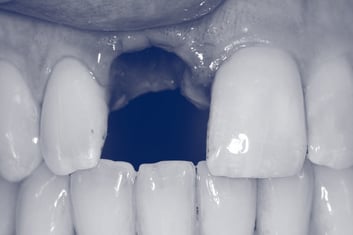
Implant’s Initial stability
Initial stability is the key factor that impacts implant success, and is of utmost importance when making the decision to immediately load.
Although there are no scientifically approved parameters that determine what is considered to be 'good stability', one commonly accepted guideline is a placement torque of 35Ncm or higher. To achieve this level of stability, dentists may be required to alter the standard drilling protocols, choosing implants with a tapered shape and sharp thread designs, and planning their surgical technique to facilitate healing.
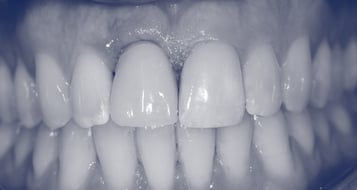
As long as correct diagnosis and technique are utilized and an implant is properly stabilized, both research and evidence-based published data suggest that there is no difference in the success levels of immediate loading compared to that of a traditional implant placement approach.
Implant features
Many implant designs are available nowadays, but specific features make some better than others when it comes to their ability to support immediate loading. Some of these features include:
- A tapered design that, when torqued into the bone, gently compresses the bone and thus achieves greater stability.
- Sharp threads at the apical aspect of the implant – allowing for maximum engagement into the bone; and less sharp threads at the cervical aspect of the implant – to ensure mild compression against the bone.
- Surface treatment that increases surface area, promotes fast healing and increases bone-to-implant contact.
Patient commitment
While bone quality, implant selection and operator skill are vital components in ensuring immediate loading success, it means nothing without complete patient cooperation.
Patients need to be fully committed to maintaining excellent oral hygiene, eating soft foods, preventing excessive forces on the implant-supported restoration and preventing harmful habits during the period of osseointegration. If there is any doubt as to whether the patient can genuinely make that commitment, the doctor should think about preparing them for alternative treatment options.
So there you have it!
But before we go, there's one more important point that we've missed, and it's this:
While advancement in implant design enables shorter treatment times without compromising on effect, the truth is that immediate load implants are more than just a 'great service' for patients. Given the right clinical circumstances, there is real power in these kinds of procedures to transform lives – surely that's the main reason they're done!




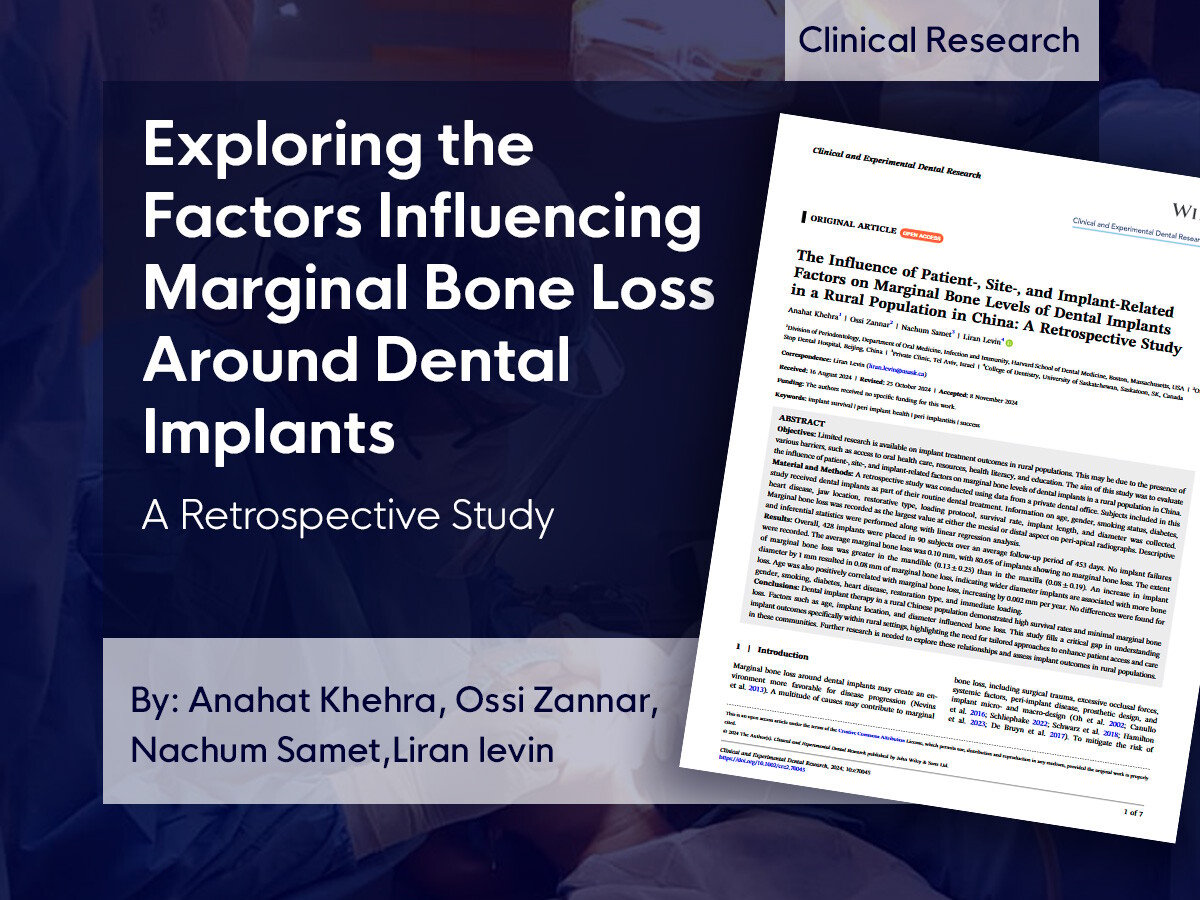
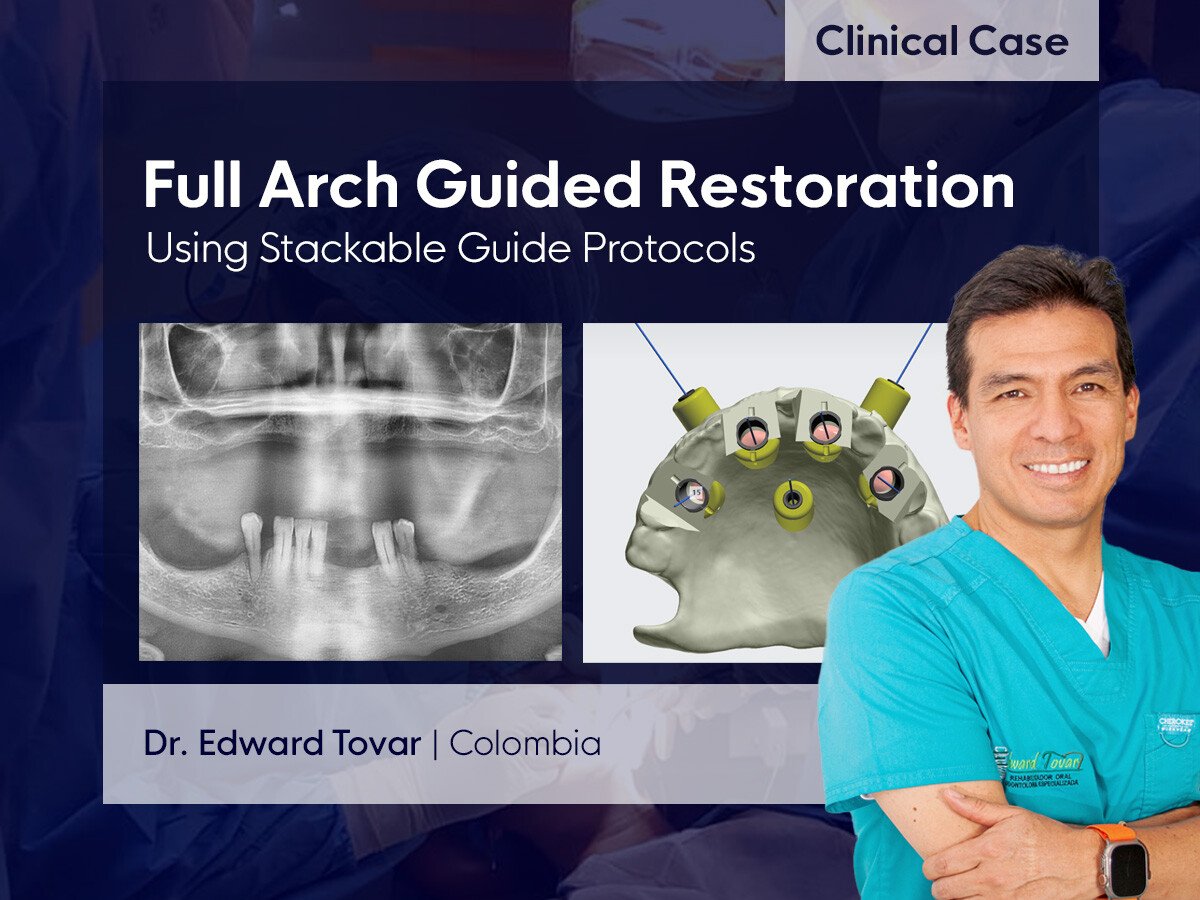



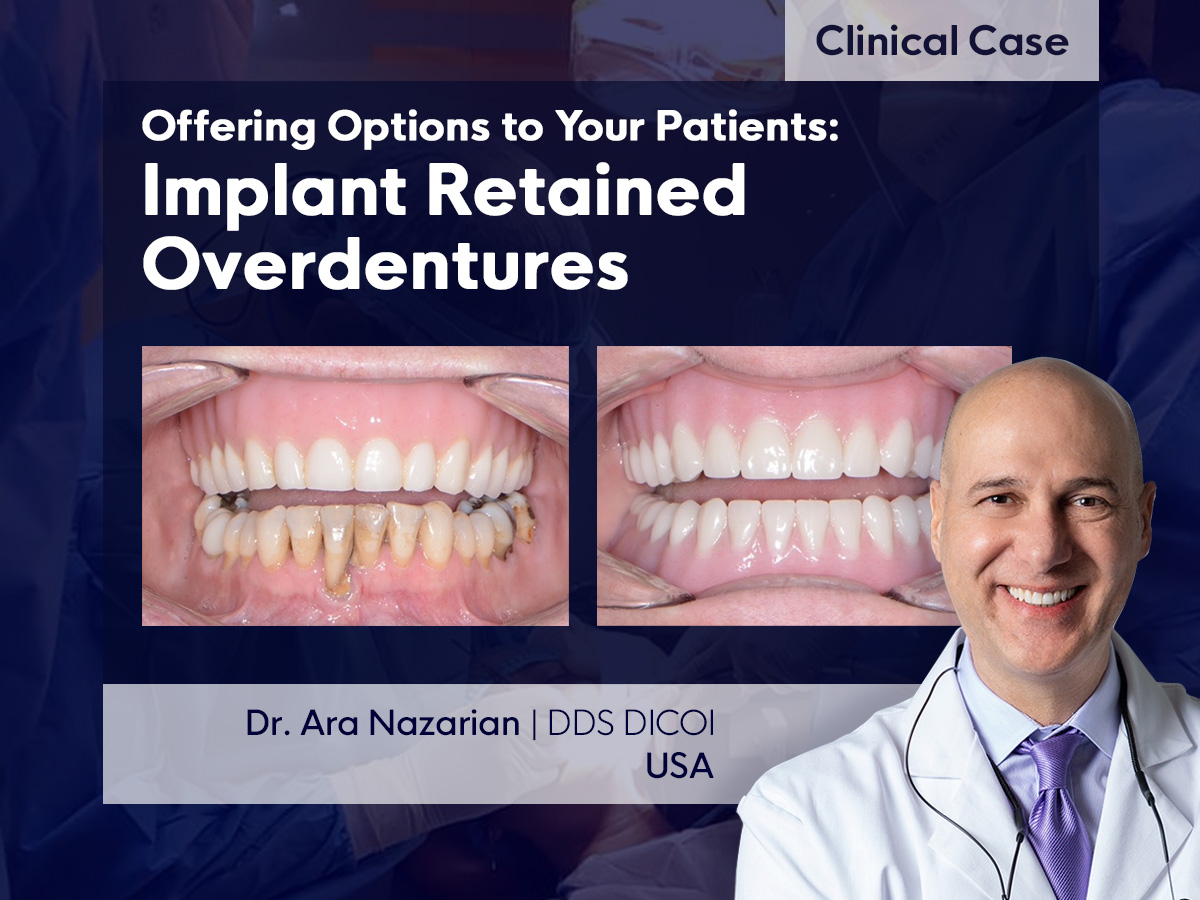
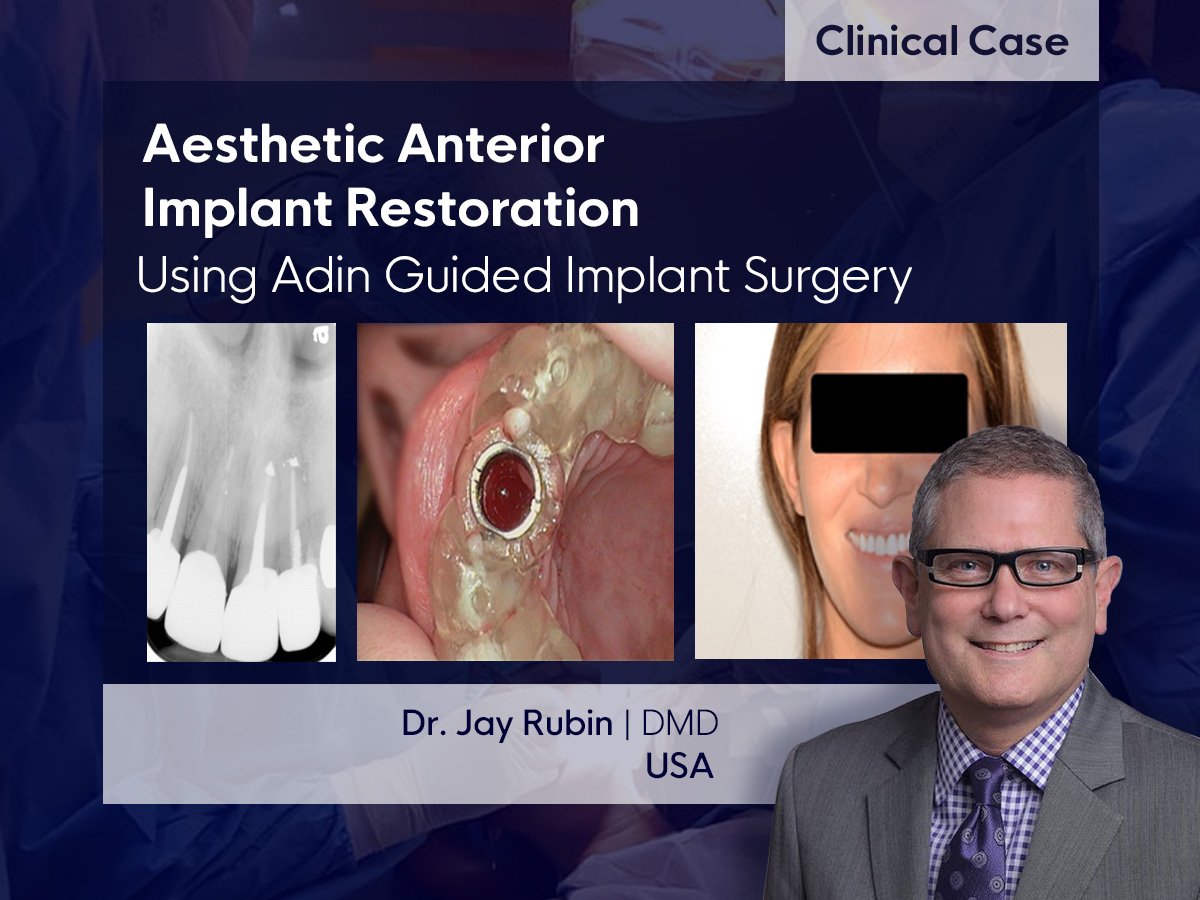

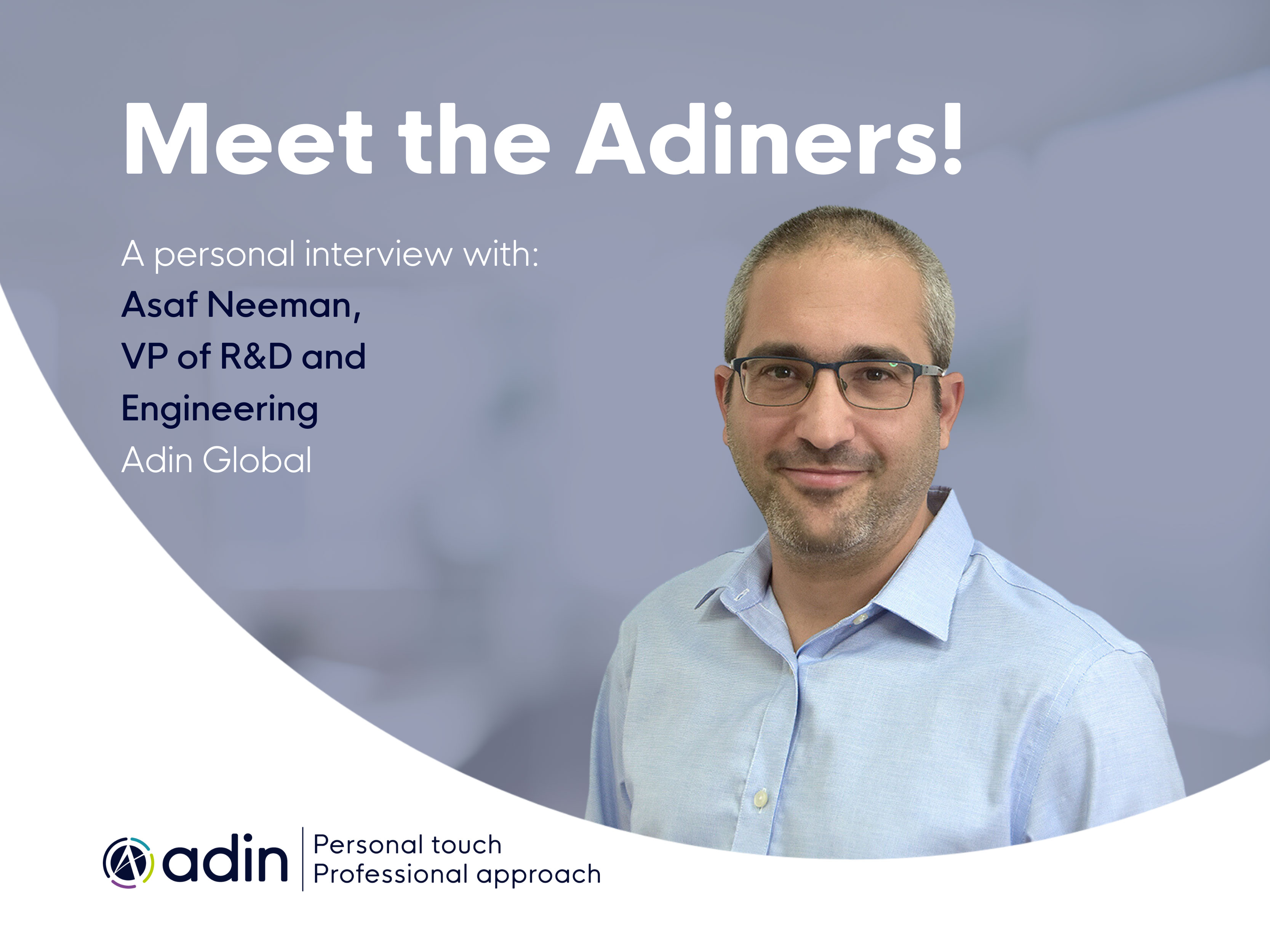


Leave a Comment